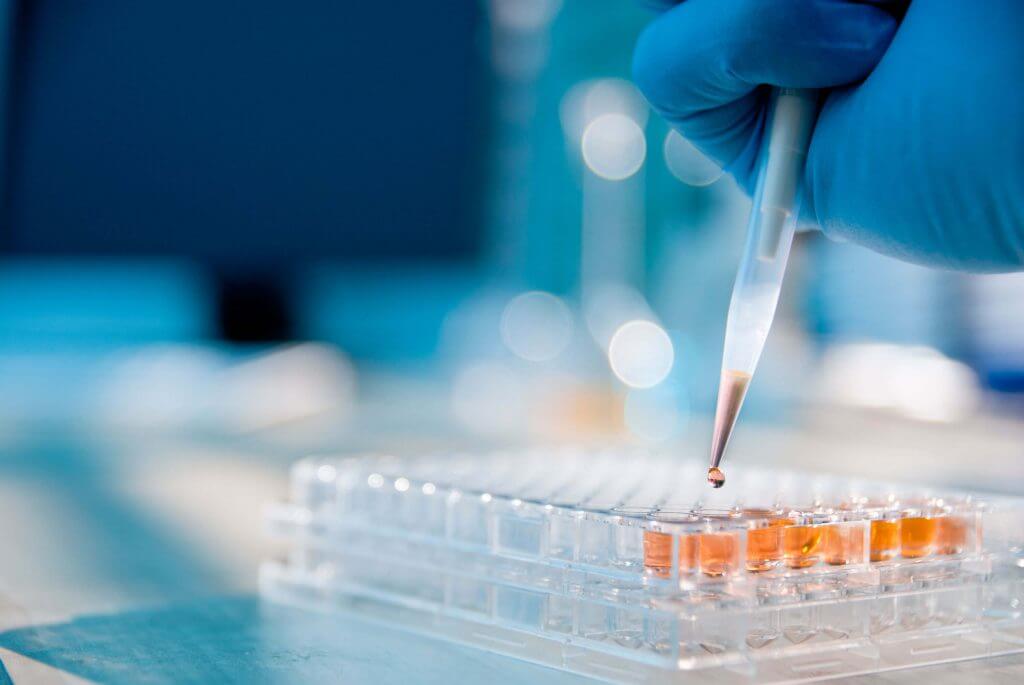Increasing Assay Sensitivity

Background
A Biopharmaceutical Company was developing an intravenous therapy for the treatment of certain serious bacterial infections. Epithelial lining fluid (ELF) was collected from clinical trial participants via bronchial lavage and sent to MicroConstants along with plasma samples to determine drug concentrations.
The Challenge
Drug concentration in epithelial lining fluid is typically determined by analyzing diluted bronchial lavage fluid and correcting for dilution. We validated an HPLC/MS/MS assay to measure drug concentrations in ELF and plasma and utilized a commercially available plate-based assay to measure urea concentrations in ELF and plasma. Since urea levels are consistent across different matrices, we were able to use the ratio of plasma to ELF urea concentrations to determine the dilution factor which we then applied to the ELF samples.
Once the study was underway, we quickly realized that several of the ELF samples were over-diluted during the collection process and did not contain quantifiable levels of urea. The commercially available assay was not sensitive enough and therefore unable to measure urea concentrations in many of the bronchial lavage fluid samples from this study.
The Solution
Rather than develop a completely different assay, our scientists customized the plate-based assay which led to a three-fold increase in sensitivity. This improvement allowed the clinical trial to proceed uninterrupted saving the Company time and resources.